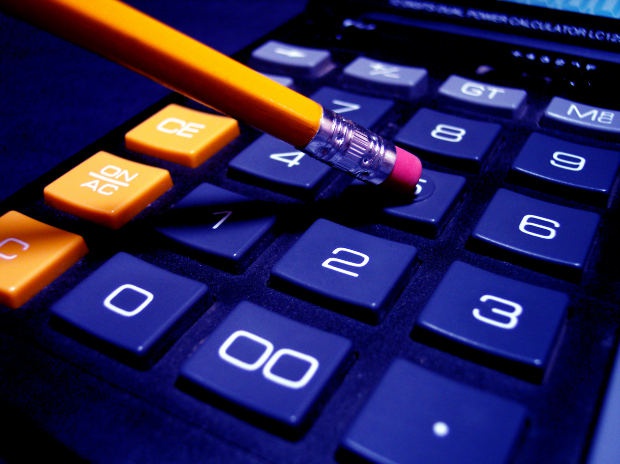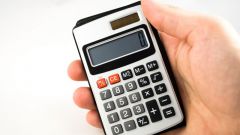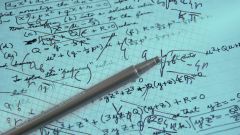You will need
- Calculator
Instruction
1
Virtually every ordinary fraction simply represents division of the numerator by the denominator, so to convert a common fraction to a decimal, just divide the numerator by the denominator in a column or on a calculator. For example, try to translate 2/3. Divide 2 by 3, you get a recurring decimal 0.6666(6).
2
The second method is to translate a common fraction into a decimal is to multiply the numerator and the denominator by the whole number to the denominator turned 10 in any degree (10, 100, 1000, etc.). It is not always possible, so for the fraction 2/3 such integer does not exist, but for a fraction 7/125, there is a multiplier. Is 8.
125 * 8 = 1000, then 7/125 = 7*8/1000 = 56/1000 = 0.056.
125 * 8 = 1000, then 7/125 = 7*8/1000 = 56/1000 = 0.056.
Note
Not every ordinary fraction can be represented as a finite decimal fractions are usually obtained continued fraction. It is easy to see in reduced fractions. It is sufficient to perform its denominator. If it contains a Prime number not equal to neither 2 nor 5, then transferring you get an endless decimal fraction.
In addition to infinite decimals mathematics distinguish between even periodic decimal fractions, they are also infinite, but in a fraction with some numbers a sequence of numbers begins to repeat itself. Such, for example, the fraction 2/3 = 0.(66), the numbers are 66 repeated endlessly.
In addition to infinite decimals mathematics distinguish between even periodic decimal fractions, they are also infinite, but in a fraction with some numbers a sequence of numbers begins to repeat itself. Such, for example, the fraction 2/3 = 0.(66), the numbers are 66 repeated endlessly.





